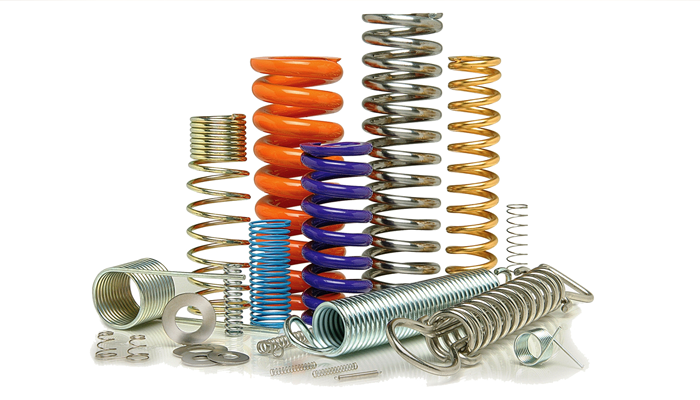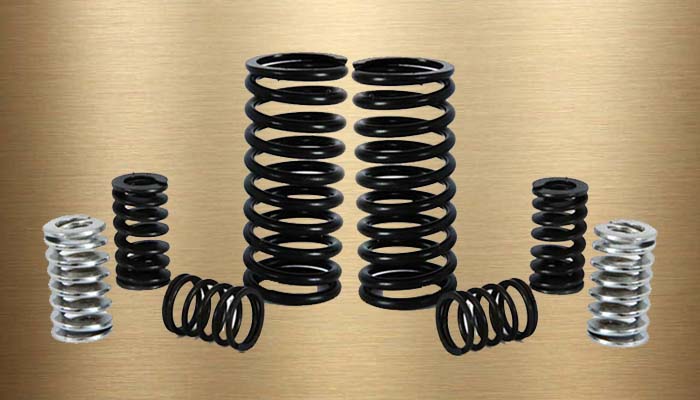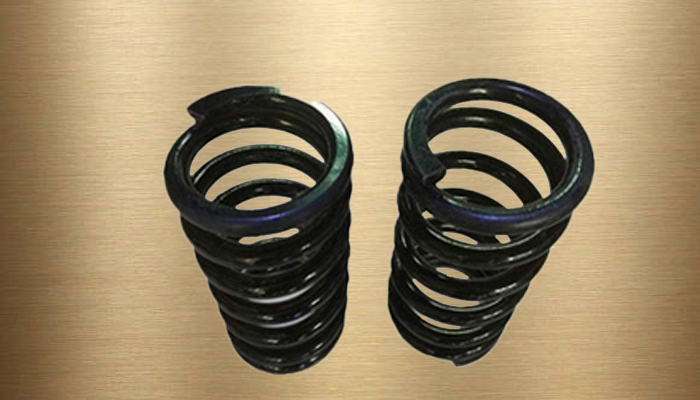Coil ratio (Dm / d)
Compression springs
Compression springs are coil springs that hold mechanical energy in their packed states. At the point when these springs experience a pressure load, they pack and become more compact, catching and putting away critical likely force.
Product Description
Uses of compression springs:
- These are also very necessary for mining and drilling equipment
- Mattresses also requires these types of springs in them to give more comfort and relaxation.
- Long Helping Life.
- Electronic toys are also the ones which requires compression springs, and there are many other types of other machineries where these types of springs are very useful.
Formula of Compression Springs:
- 1. Solid height formula,
To calculate the outer diameter,
Solid Height = Wire Diameter x (Total Coils + 1)
Lsolid = d(N+1) - 2. Spring diameter formula,
Inner Diameter = Outer Diameter – 2 (Wire Diameter)
D inner = D outer – 2d
Outer Diameter = Inner Diameter + 2 (Wire Diameter)
D outer = D inner + 2d - 3. Spring index formula,
Index = Mean Diameter ÷ Wire Diameter
I = D ÷ d - 4. Wire length formula,
Coil Wire Length = Mean Diameter x Pi
cL = Dπ - 5. Total Wire Length = Coil Wire Length x Total Coils
tL = cL x N
- 6. Load and travel formula,
Travel = Load ÷ Rate
T = L ÷ k - 7. Load = Travel x Rate
L = Tk
Types of Compression Springs:
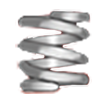
1. Closed Square:
A closed square hook is a type of hook that is commonly used on the ends of springs, such as compression springs or extension springs, to allow for easy attachment to other components. The hook is bent into a square shape, with the corners of the square forming a closed loop that can be connected to other parts of a mechanical assembly.

2. Closed Ground:
Closed loop ground spring hooks, also known as closed loop grounding spring hooks, are a type of electrical connector used for grounding electronic components. They are typically made of a conductive material such as steel or copper and are designed to provide a secure and reliable electrical connection between a ground wire and a printed circuit board (PCB) or other electrical component.
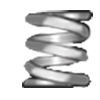
3. Closed Ends:
Closed end spring hooks are a type of spring hook that have a closed loop or coil on one end, which helps to securely attach the hook to a component or anchor point. The other end of the hook is typically open, allowing for easy attachment of a spring or other component.
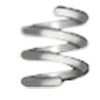
4. Open Ends:
Open ends spring hooks are a type of spring hook that have one or both ends of the hook left open, without a closed loop or coil. This allows for easy attachment of a spring or other component, while still providing a secure and reliable attachment point.
